Symptoms Of Ash Borer Disease
Symptoms of ash borer disease. Vertical splits in the bark are also caused by the larvae feeding habits. When trees are stressed they may try to grow new branches and leaves wherever they still can suckering. Scientists are working to find ways to stop the beetle.
The insect signs and tree symptoms described here are not foolproof. Darkly colored patches of bark act as a common red flag of borer infestation. Once the bark splits open the serpentine galleries left behind by larvae can be seen.
Disease Symptoms PathogenCause Management. Ash Canopy Dieback Susceptible ash species include white green blue and black ash. As with canopy thinning other sources of stress can cause suckering around the base of ash trees and this symptoms does not specifically indicate EAB.
Young unfolding leaves are distorted and develop greenish-brown to dark-brown spots at their tips along their margins and between the veins. Infested trees begin to show symptoms of stress within a few years of initial attack. Host trees are still healthy upon initial colonization.
Many ash trees in a group may show the same symptom. Patients with erythema dyschromicum perstans or ashy dermatosis have been called los cenicientos the ash ones due to the eruptions of oval irregular or polycyclic gray macules with erythematous indurated inflammatory. When fully expanded leaves are attacked light-brown to tan blotches form.
Stressed ash trees may have new growth at the base of the trunk or on main branches. Early damage appears as dieback starting in the upper canopy and advancing throughout the tree over several years. When ash trees are stressed by EAB they counteract this stress by growing new branches and leaves.
Epicormic sprouts grow from dormant buds that can be found along the trunk and branches of a tree. It is very important that you call an expert to confirm that emerald ash borer is present.
D-shaped exit holes on the outer bark where the adults emerged Galleries of winding tunnels underneath the bark Splitting bark caused by the boring of the larvae.
When ash trees are stressed by EAB they counteract this stress by growing new branches and leaves. The insect signs and tree symptoms described here are not foolproof. Vertical splits in the bark are also caused by the larvae feeding habits. These may be the symptoms or indications for you that the tree has been. Infested trees begin to show symptoms of stress within a few years of initial attack. Ashy dermatosis is an acquired typically asymptomatic disfiguring skin disease that occurs most commonly in Latin American particularly Mexican and Asian populations 3. A tree infested with emerald ash borers may show the following signs of damage. Scientists are working to find ways to stop the beetle. Darkly colored patches of bark act as a common red flag of borer infestation.
Many ash trees in a group may show the same symptom. Its been proven that efforts to save trees can be improved by identifying infested trees in their first year. Host trees are still healthy upon initial colonization. Apart from the emerald ash borer disease ash trees are prone to some other diseases that may cause them to wilt turn yellow defoliate curl or undergo permanent damage. Young unfolding leaves are distorted and develop greenish-brown to dark-brown spots at their tips along their margins and between the veins. Scientists are working to find ways to stop the beetle. Vertical splits in the bark are also caused by the larvae feeding habits.


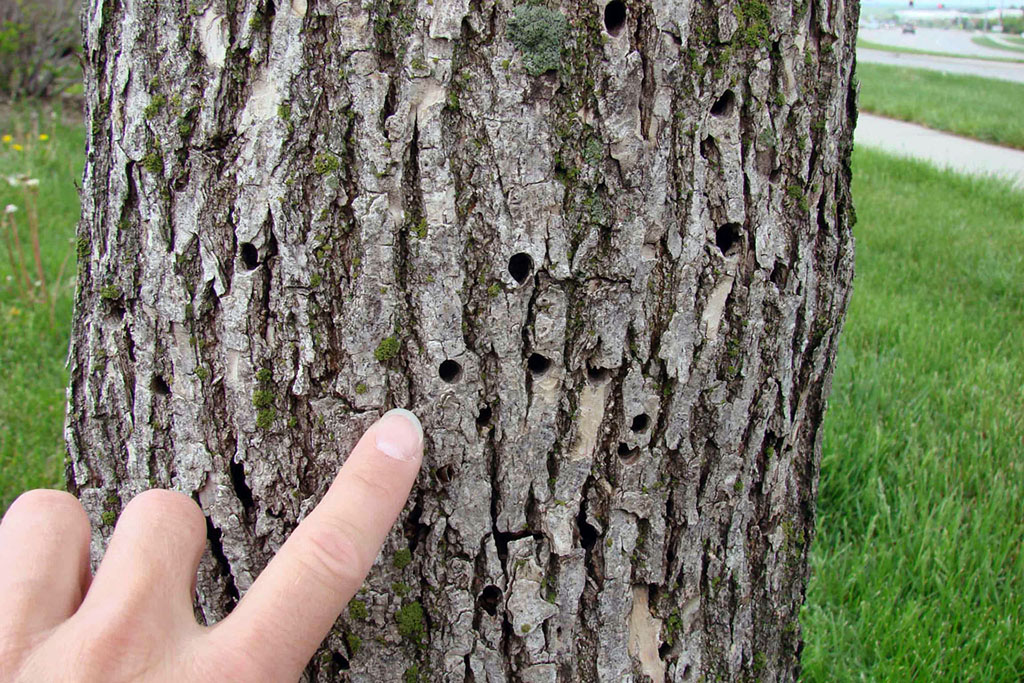


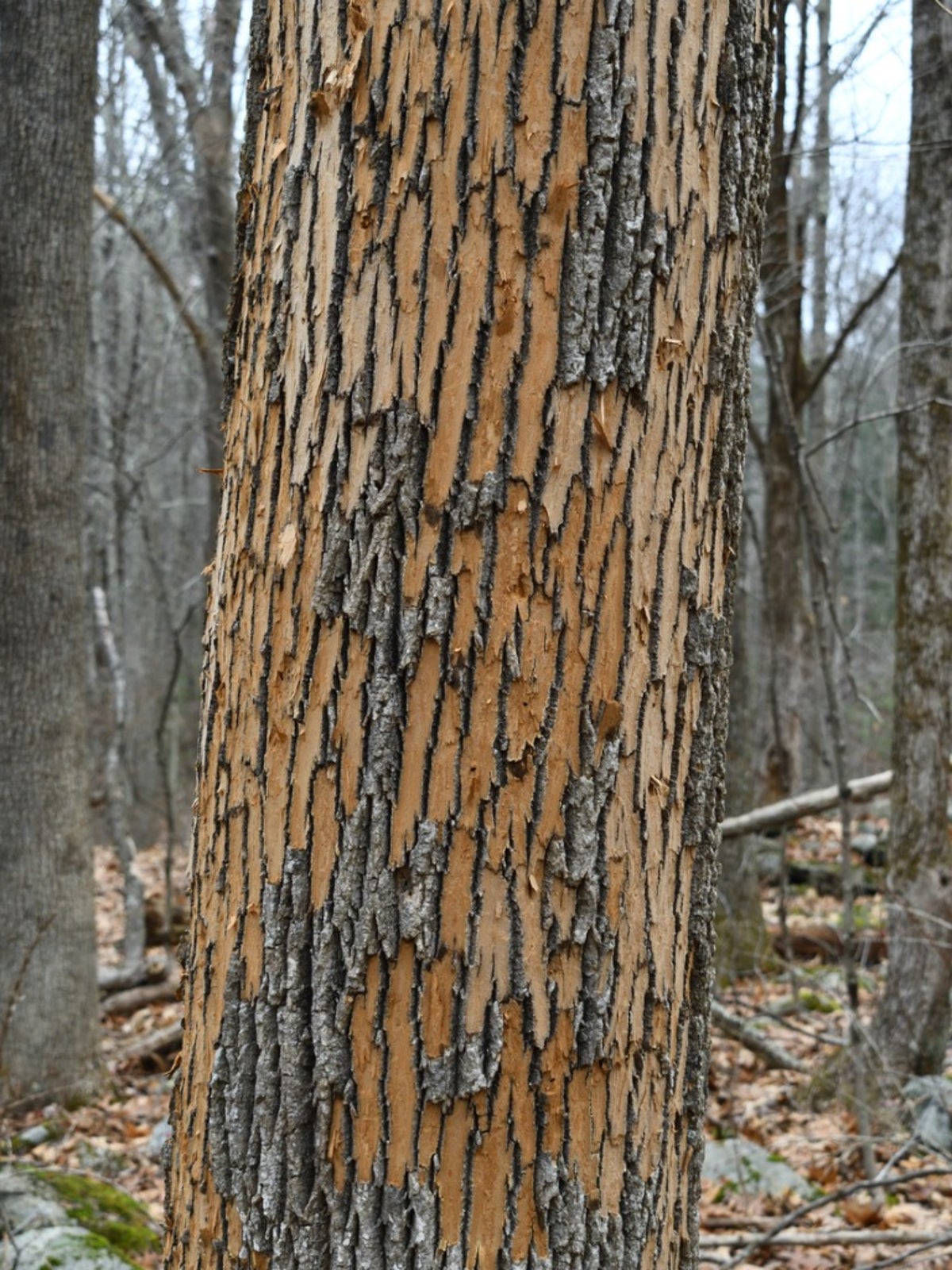
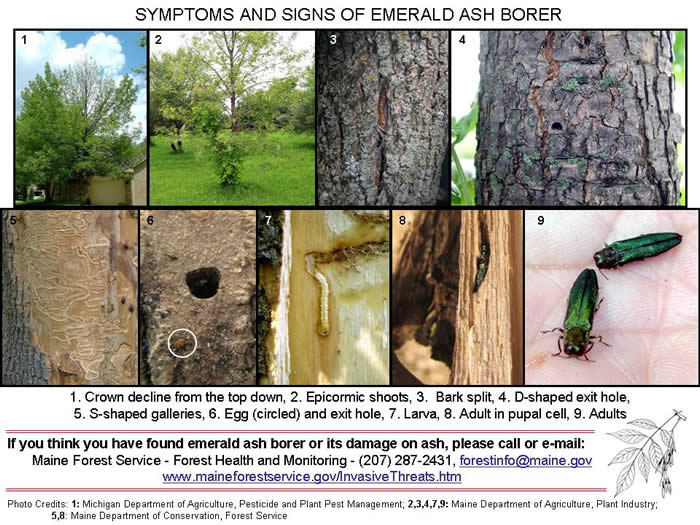
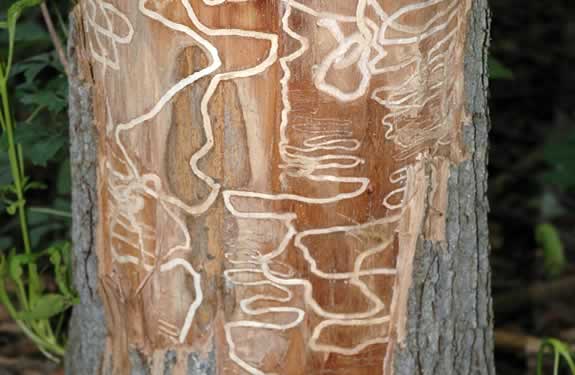




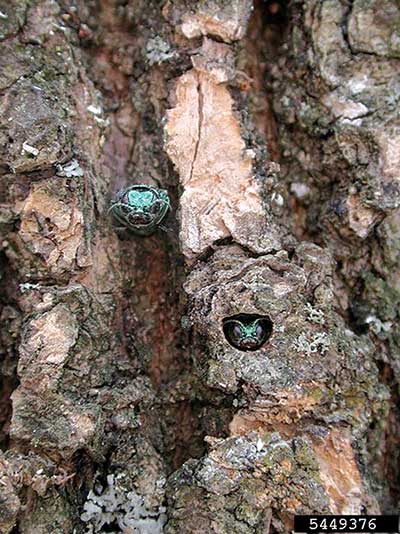

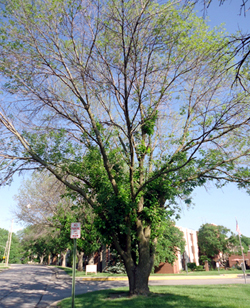
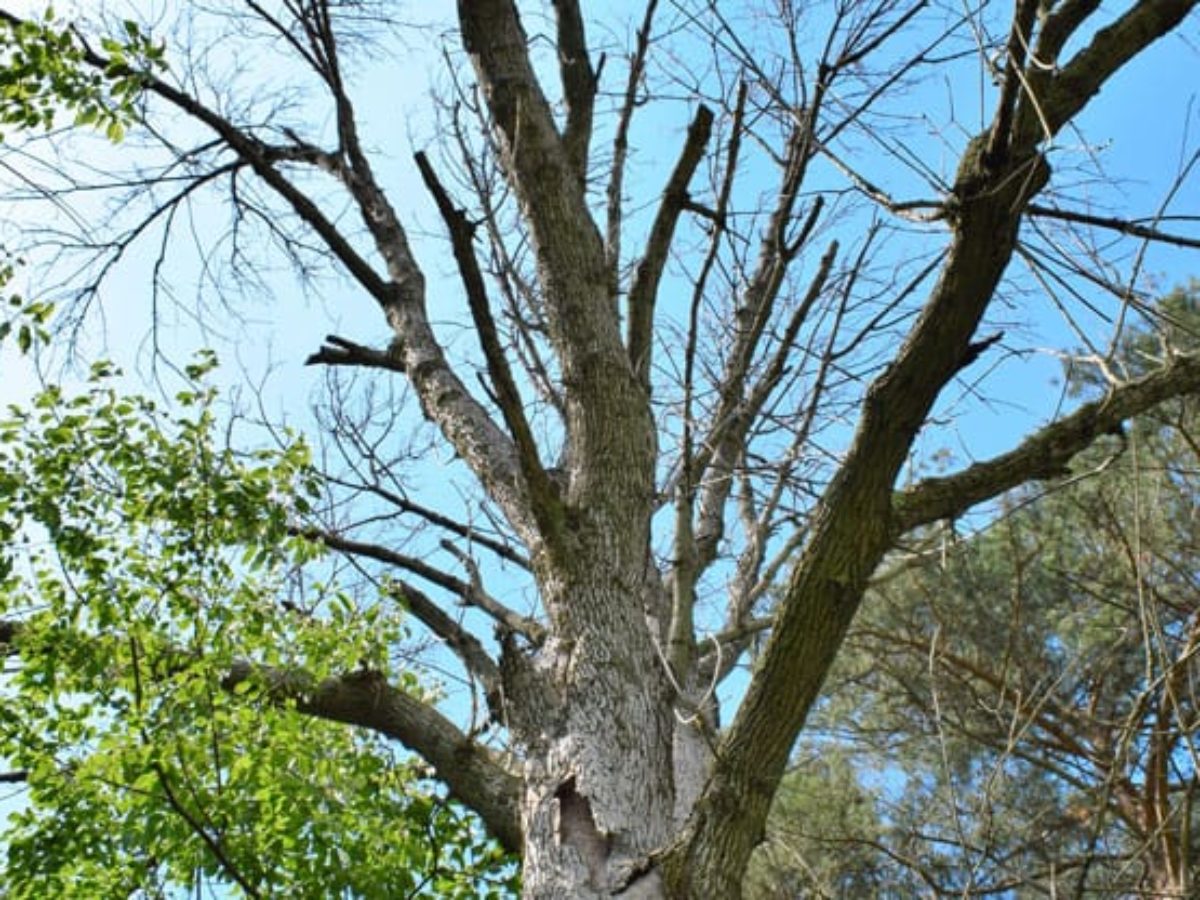
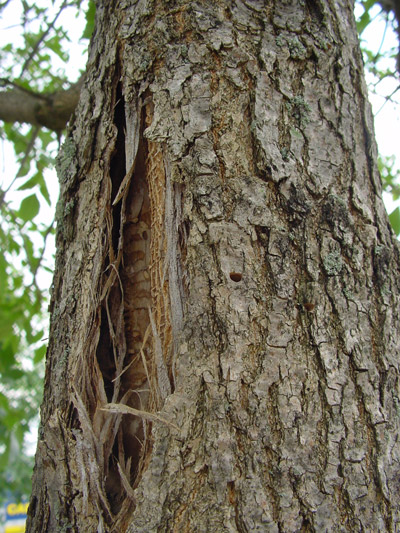
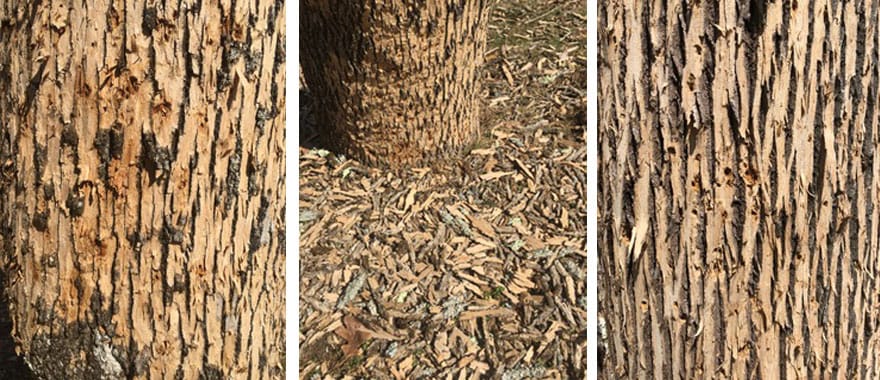

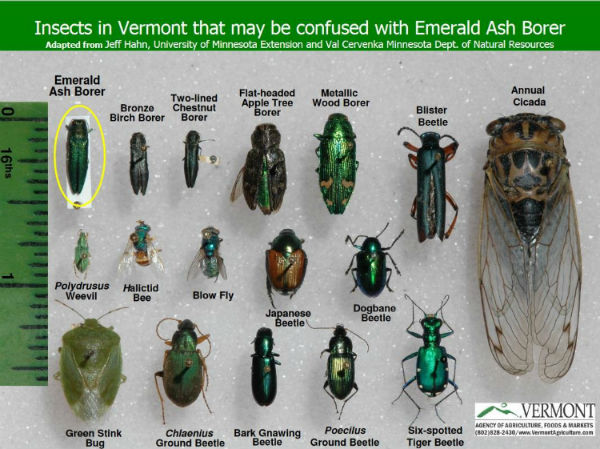

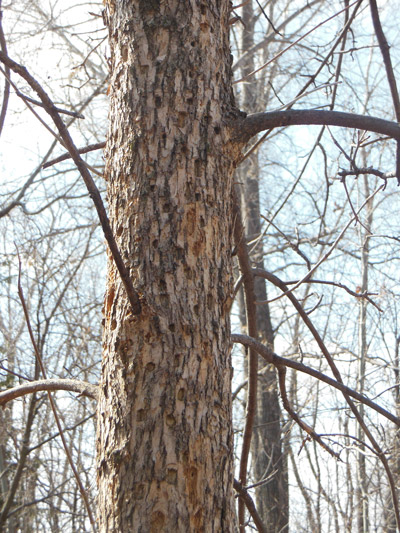

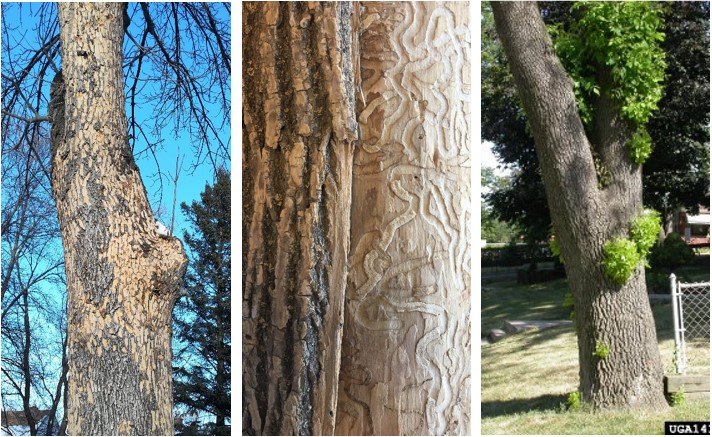

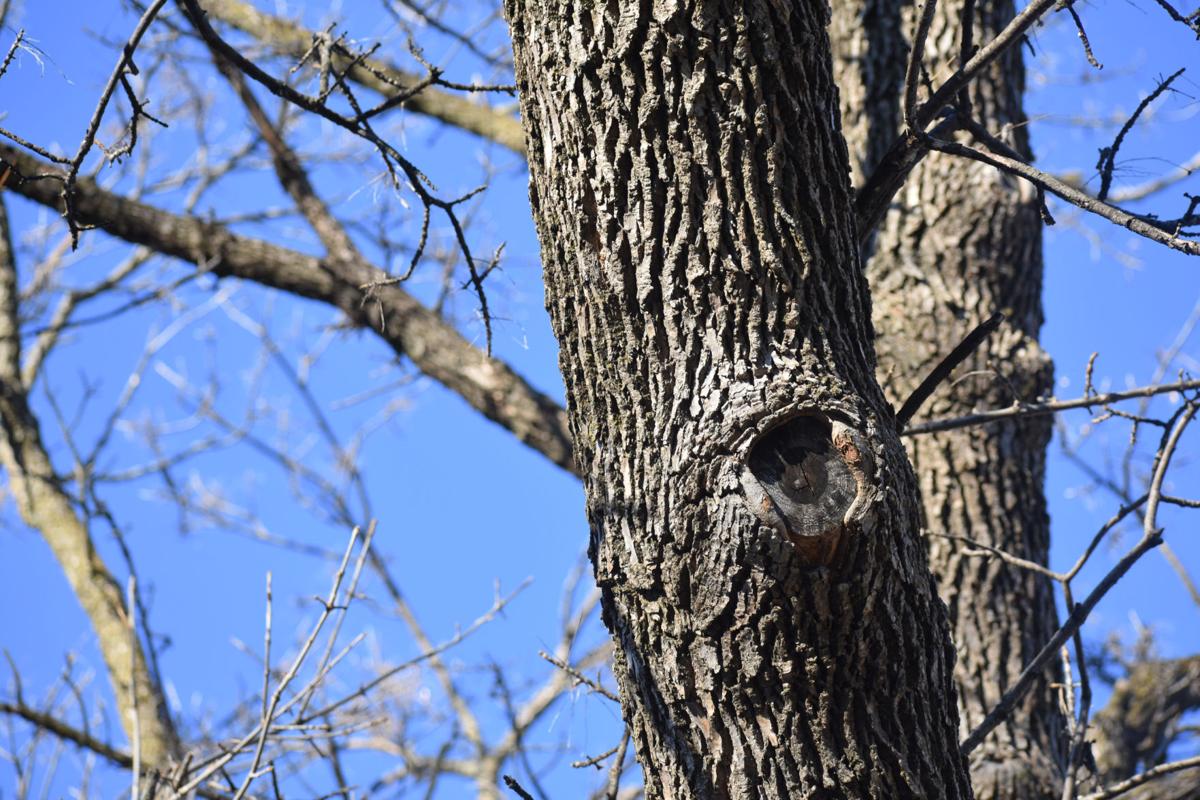


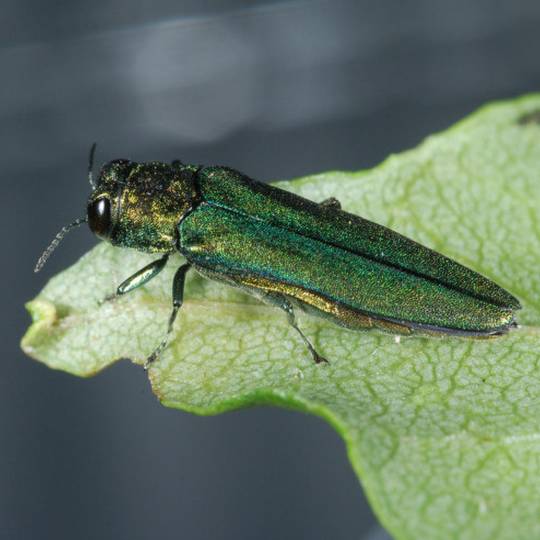
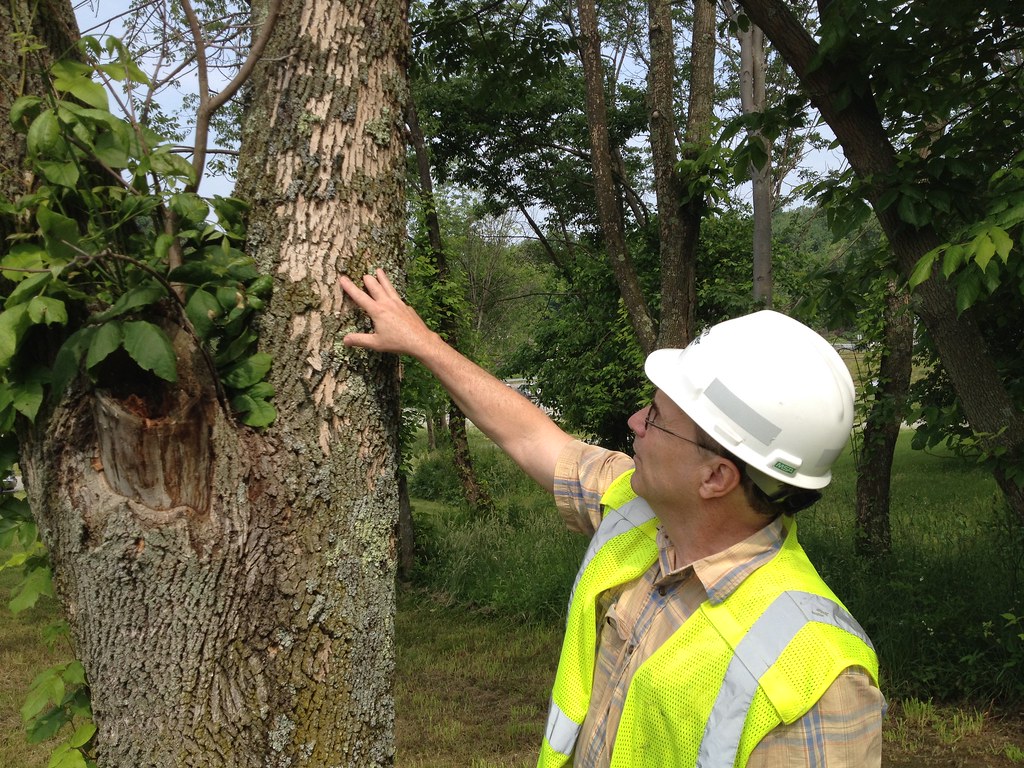



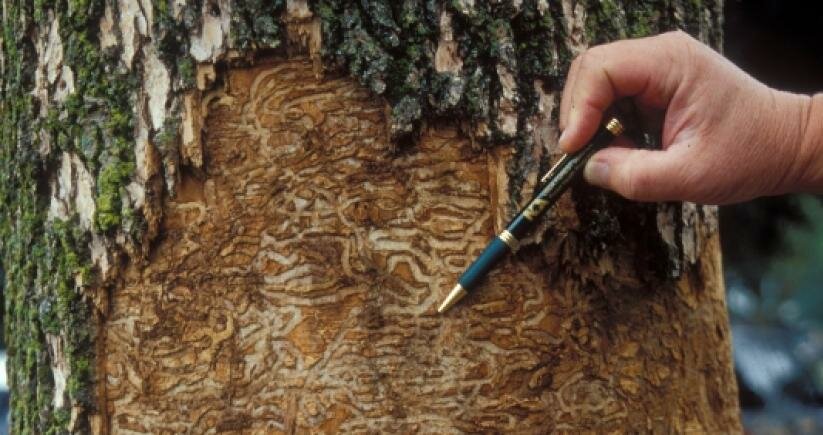

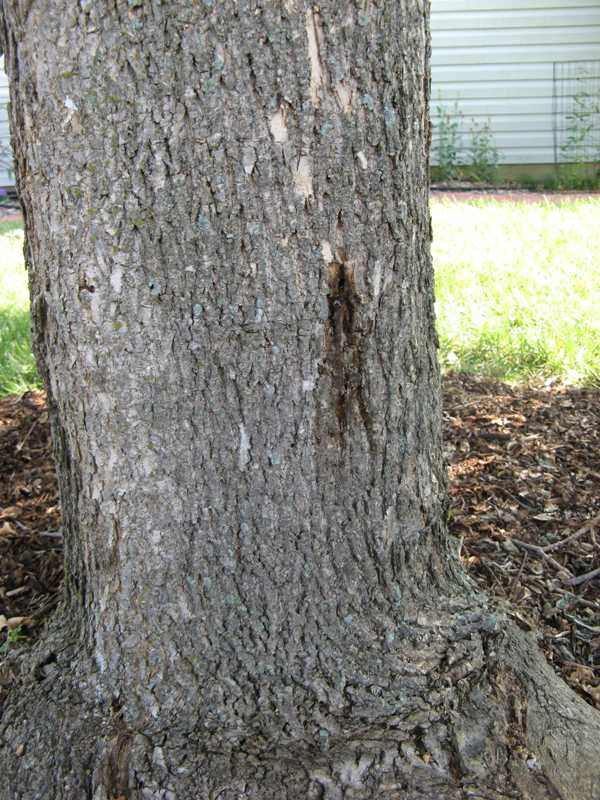
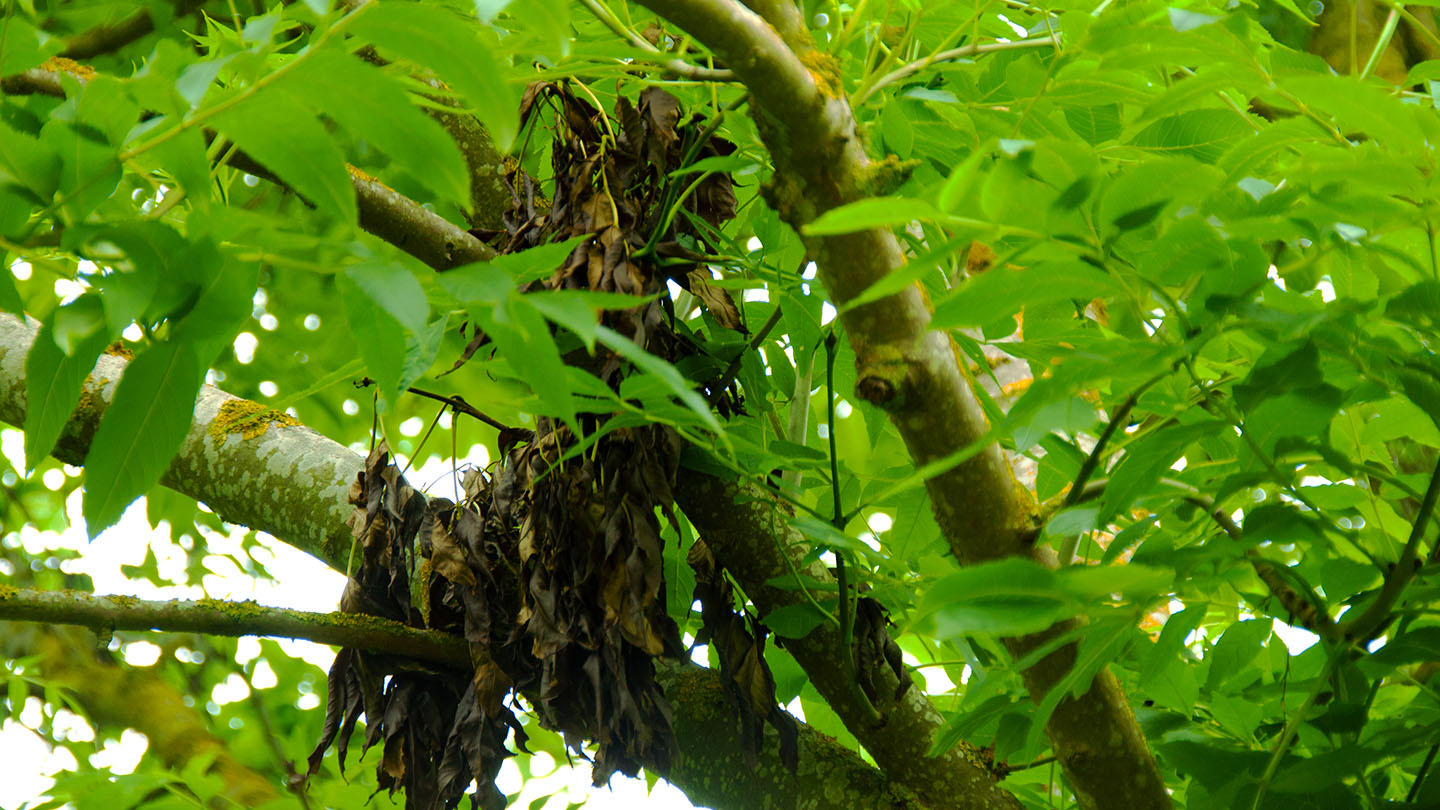



Post a Comment for "Symptoms Of Ash Borer Disease"